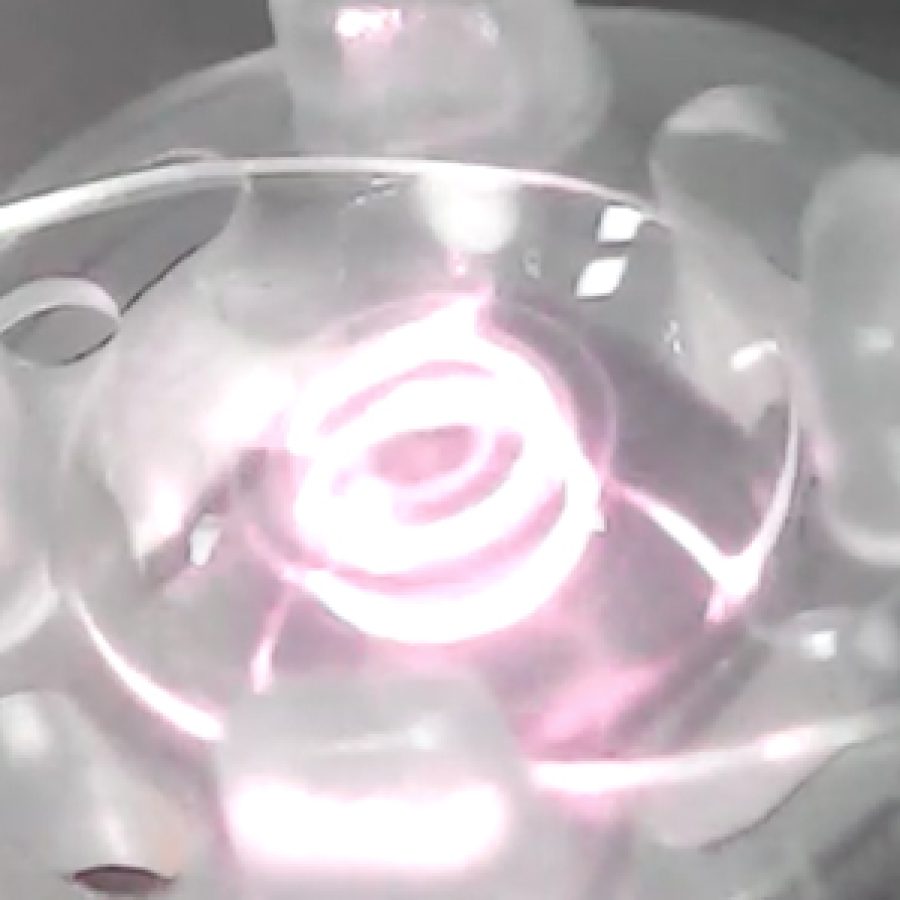Intraocular Lens (IOL) Processing by Optimized Femtosecond Lasers

Lumos’s innovative GHz burst pulsed femtosecond lasers and femtosecond pulsed lasers are tailored to address these challenges head-on. The ultra-short pulse durations coupled with the optimized GHz burst parameters allow for a controlled energy delivery to the material, significantly limiting thermal stress. This control is crucial for preventing micro-defects and melting, ensuring the integrity and precision of the intraocular lenses.
By delivering lower energy pulses at a high repetition rate, GHz Burst lasers not only reduce the risk of material damage but also enhance the material processing efficiency. This feature is instrumental in meeting the industrial need for high-speed production while ensuring repeatability, a critical factor in intraocular lens processing.
The effort for developing this technology is backed by substantial funding and support from both the European Union through the PULSATE program and The Scientific and Technological Research Council of Turkey (TÜBİTAK)1. These comprehensive projects underpin Lumos’s commitment to elevating the standard of intraocular lens processing, bridging the gap between industrial production demands and the requirement for precision.
Beyond merely cutting, femtosecond lasers play a significant role in the overall processing of intraocular lenses, paving the way for personalized lens manufacturing. This advancement not only facilitates the creation of personalized lenses but also eliminates the need for different molds for each lens, significantly streamlining the production process.
Contact us to discover how our laser systems can transform your lens manufacturing processes, aligning with the highest standards of precision and production efficiency.
1. Heberle, Johannes, Tom Häfner, and Michael Schmidt. “Efficient and damage-free ultrashort pulsed laser cutting of polymer intraocular lens implants.” CIRP Annals 67.1 (2018): 197-200.
2. Spyratou, E., et al. “UV laser ablation of intraocular lenses: SEM and AFM microscopy examination of the biomaterial surface.” Applied Surface Science 256.8 (2010): 2539-2545.
3. Sahler, Ruth, et al. “Creation of a refractive lens within an existing intraocular lens using a femtosecond laser.” Journal of Cataract & Refractive Surgery 42.8 (2016): 1207-1215.
